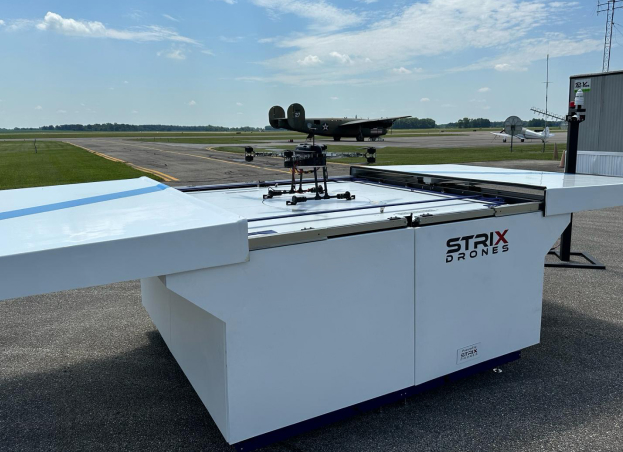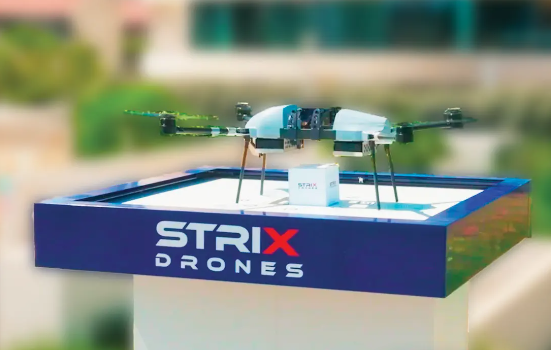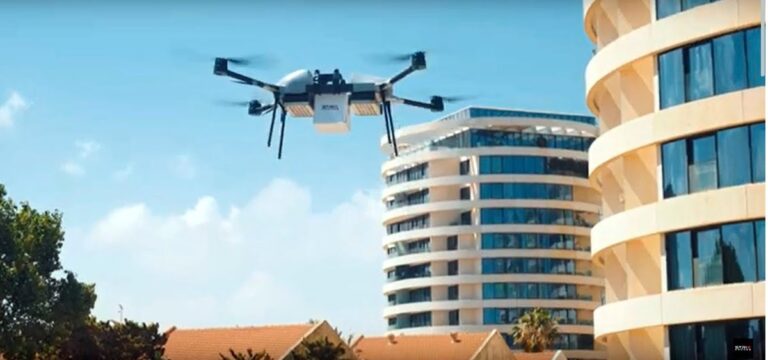The Future of Drone Technology
As the skies become increasingly populated with drones for various applications, the need for efficient and reliable charging solutions has become paramount. Enter the era of drone charging docks, landing charging stations, and automatic charging stations. These innovative technologies are revolutionizing the way drones operate, offering convenience, sustainability, and autonomy like never before. In this article, we delve into the world of drone docking station and automatic charging stations, exploring their benefits, applications, and the future they hold.
What Are Drone Charging Docks?
Drone charging docks, also known as landing charging stations or wireless charging stations, are specialized platforms or stations designed to facilitate the charging and maintenance of drones. These stations provide a dedicated space where drones can land, recharge their batteries, and undergo maintenance or inspection as needed.
How Do Drone Charging Stations Work?
The operation of a drone charging dock is elegantly simple yet technologically advanced. When a drone’s battery is running low or a scheduled maintenance check is due, the drone autonomously navigates to the charging dock. Upon arrival, the drone lands on the designated platform, where it connects wirelessly or through physical contact to the charging system. This process is seamless and automated, allowing drones to recharge without human intervention.

Benefits of Drone Charging Docks
Convenience and Efficiency: One of the primary benefits of drone charging docks is the convenience they offer. Rather than requiring manual charging and maintenance, drones can autonomously navigate to the docking station when needed. This eliminates the need for human intervention, saving time and resources for operators.
Increased Flight Time: By providing a dedicated space for charging, drone charging docks ensure that drones are always ready for flight. This translates to increased flight time and productivity, as drones can be deployed for longer periods without the need for frequent battery changes.
Sustainability: Drone charging docks also contribute to sustainability efforts. Many of these stations are designed to be energy-efficient, utilizing renewable energy sources such as solar power. This reduces the carbon footprint of drone operations and aligns with global efforts to promote eco-friendly technologies.
Autonomous Operations: Drone charging docks enable autonomous operations, a key trend in the evolution of drone technology. With the ability to automatically navigate to the charging station, drones can operate with greater autonomy and efficiency. This autonomy extends to maintenance tasks, as drones can undergo self-diagnosis and minor repairs at the docking station.
Charging Dock Applications Across Industries
Commercial Delivery: In the realm of commercial delivery, drone charging docks are revolutionizing last-mile delivery services. Companies like Amazon and UPS are exploring the use of these stations to enable swift and efficient package deliveries. Drones can fly from distribution centers to specific delivery points, where charging docks await their arrival. This streamlines the delivery process and reduces the time and resources required for traditional delivery methods.
Agriculture and Crop Monitoring: The agricultural sector is also benefiting from drone charging docks. These stations can be strategically placed throughout farmland, allowing drones to monitor crops, assess soil health, and detect pests or diseases. Farmers can deploy drones for precision agriculture, optimizing irrigation and fertilization practices. The ability to recharge at docking stations ensures that drones can cover large areas of farmland without interruption.
Surveillance and Security: Drone charging docks are invaluable in the realm of surveillance and security. Law enforcement agencies and private security firms can deploy drones for aerial surveillance, monitoring public spaces, events, or critical infrastructure. With the ability to recharge at designated stations, drones can provide continuous surveillance without the need for manual intervention. This enhances security measures and provides real-time situational awareness.

Types of Drone Charging Docks
Standard Charging Docks: Standard drone charging docks feature a platform where drones can land and connect to a charging system through physical contact. These docks are efficient and reliable, providing a stable charging connection for drones.
Wireless Charging Stations: Wireless charging stations offer a more advanced solution, allowing drones to charge without the need for physical contact. These stations use electromagnetic induction to transfer power wirelessly to the drone’s batteries. Wireless charging eliminates the wear and tear associated with physical connectors and provides a hassle-free charging experience for drones.
Solar-Powered Charging Docks: Solar-powered charging docks harness the power of the sun to recharge drones. These stations feature solar panels that convert sunlight into electricity, which is then used to charge the drone’s batteries. Solar-powered charging docks are eco-friendly and sustainable, making them ideal for remote locations or off-grid operations.
Mobile Charging Platforms: Mobile charging platforms are portable solutions that can be deployed in various locations as needed. These platforms feature built-in charging systems and can be transported to remote areas or temporary worksites. Mobile charging platforms provide flexibility and convenience for drone operators working in dynamic environments.
Challenges and Considerations
Regulatory Compliance: As with any emerging technology, regulatory compliance is a significant consideration for drone charging docks. Aviation authorities around the world are developing guidelines and regulations for the operation of drones and associated infrastructure. Ensuring compliance with these regulations is essential for safe and legal drone operations.
Interoperability: Interoperability is another challenge in the realm of drone charging docks. With various manufacturers producing drones and charging systems, compatibility between different models can be a concern. Standardization efforts are underway to address this issue, ensuring that drones can seamlessly connect to different charging docks.
Weather Conditions: Weather conditions can impact the operation of drone charging docks, particularly in outdoor environments. High winds, rain, or extreme temperatures may affect the performance of the docking station or the ability of drones to safely land and recharge. Robust design and weatherproofing are essential considerations for outdoor charging docks.
The Future of Drone Charging Docks
Integration with Urban Air Mobility: As Urban Air Mobility (UAM) continues to evolve, drone charging docks will play a vital role in the aerial transportation network. These stations can serve as nodes in a network of charging infrastructure, enabling seamless transitions for drones traveling between urban centers and transportation hubs.
Autonomous Operations and AI:The future of drone charging docks lies in further integration with autonomous operations and artificial intelligence (AI). Drones will become smarter and more efficient, able to make real-time decisions about when to recharge based on factors such as battery levels and flight schedules. AI algorithms will optimize charging schedules and predict maintenance needs, ensuring drones are always ready for their next mission.
Advanced Energy Storage Solutions: Advances in energy storage technology will also shape the future of drone charging docks. Improved battery technology, such as solid-state batteries or hydrogen fuel cells, will enhance the energy density and efficiency of drones. This will lead to longer flight times and faster charging speeds, further optimizing drone operations.
Conclusion: Paving the Way for Drone Innovation
In conclusion, drone charging docks and automatic charging stations are at the forefront of drone innovation, offering a glimpse into a future where autonomous aerial vehicles are seamlessly integrated into our daily lives. From commercial delivery to agriculture and security, these stations are transforming the way drones operate, providing efficiency, sustainability, and autonomy.
As technology continues to advance and regulatory frameworks evolve, we can expect to see widespread adoption of drone charging docks across industries. The benefits of increased flight time, reduced costs, and environmental sustainability make these stations a valuable asset for drone operators worldwide.






